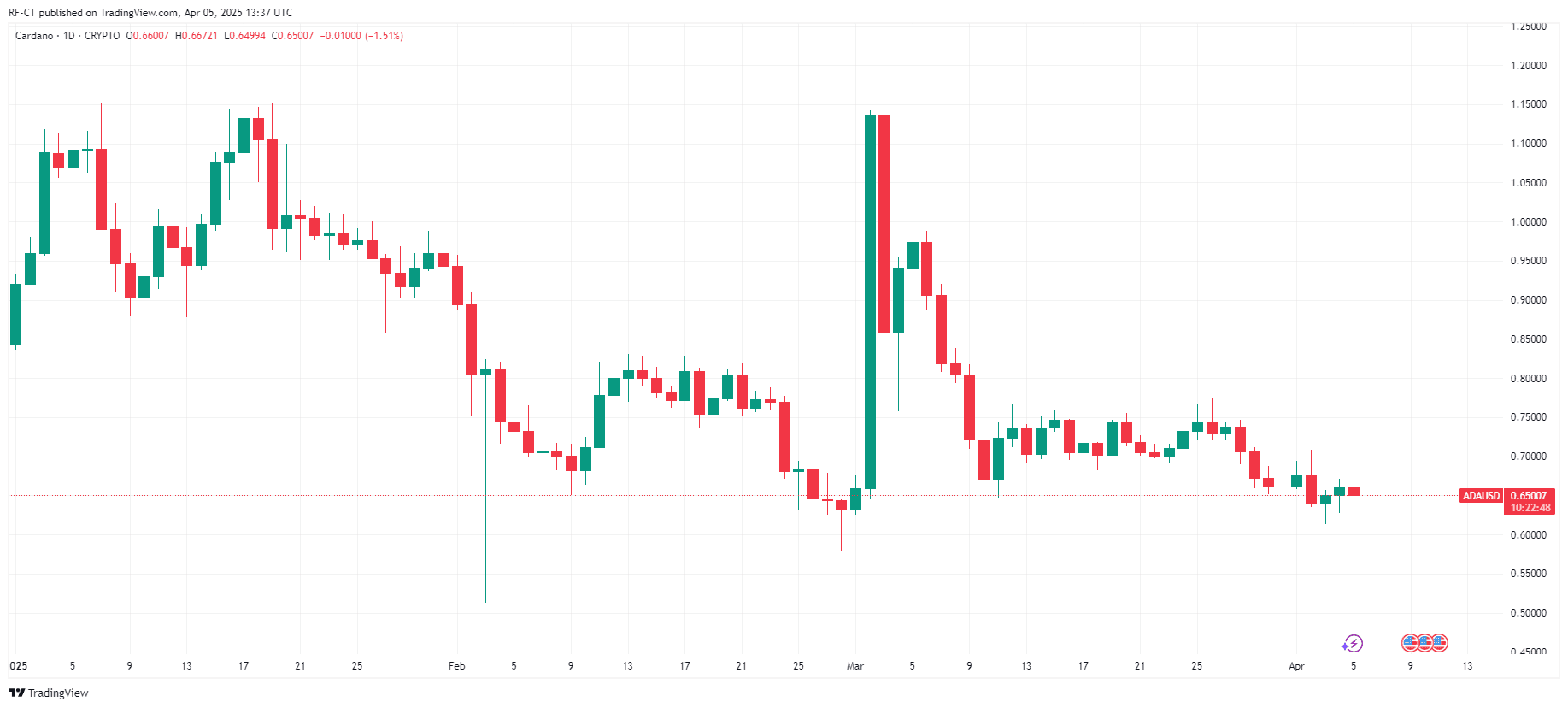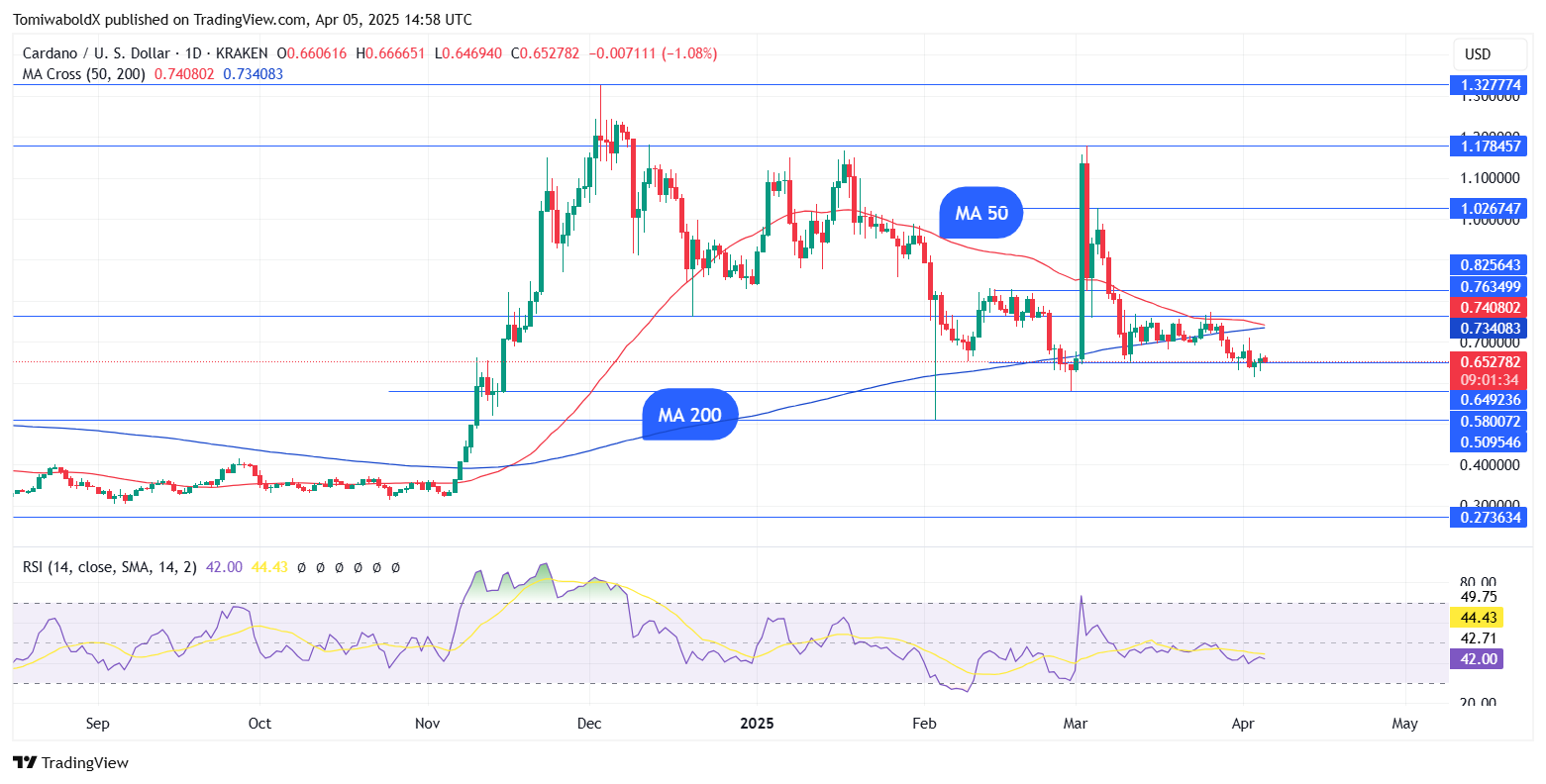A brief analysis of the fat wallet theory: value accumulation outside of protocols and applications
Whoever controls the user and transaction flow will dominate the crypto economy
Original title: The Fat Wallet Thesis
Original author: Robbie Petersen, Delphi Digital
Original translation: zhouzhou, BlockBeats
Editor's note:This article talks about the "Fat Wallet" theory, that wallet applications will gradually dominate the blockchain ecosystem because they control user access and transaction flow. As the role of underlying protocols and applications gradually weakens, wallets can make money by charging fees and providing promotional services. Applications such as Jupiter and Infinex may become competitors for wallets, but whoever can capture users and order flow will have the most advantages in the crypto economy.
The following is the original content (the original content has been reorganized for easier reading and understanding):
Throughout the history of cryptocurrency development, there has been an ongoing discussion about how value will eventually accumulate in the blockchain ecosystem. Although the core debate has historically focused on protocols and applications, there is also a third layer in this ecosystem that has been overlooked by everyone - wallets.
The “Fat Wallet Theory” posits that as protocols and applications continue to “thin,” more space will be given to entities that own the two most valuable resources — distribution and order flow. Furthermore, as the ultimate front end, I argue that no one is better positioned to monetize this value than wallets.
This article aims to accomplish three goals, first outlining three structural trends that will continue to commoditize the protocol and application layers. Second, we will explore various avenues by which wallets can monetize their proximity to end users, including Payment-For-Order-Flow (PFOF) and selling application distribution as a service (DaaS).
Finally, we will explore why two alternative front ends — Jupiter and Infinex — may ultimately outperform wallets in the race to own end users.
Thinner Protocols and Applications
The question of how value will ultimately accrue in the blockchain ecosystem can be reduced to a simple framework. For each layer of the crypto ecosystem, ask yourself the following question:
If a product in this layer increases its commission rate, will users switch to cheaper alternatives?
In other words, if Arbitrum increases its commission rate, will users switch to other protocols like Base, and vice versa? Similarly, at the application layer, if dYdX increases its commission rate, will users switch to nt nth undifferentiated perpetual contract decentralized exchange (DEX)?
Based on this logic, we can identify where switching costs are highest, and therefore who has asymmetric pricing power. Similarly, we can use this framework to identify where switching costs are lowest, and therefore which layer will become increasingly commoditized over time.
While protocols have historically had disproportionate pricing power, I believe this is changing. There are three structural trends that are currently “thinning” the protocol layer:
1. Multi-chain applications and chain abstraction: As multi-chain becomes a fundamental requirement for applications to remain competitive, the user experience across blockchains will become increasingly indistinguishable, and switching costs at the protocol layer will only decrease. In addition, by abstracting the bridge, chain abstraction will further compress switching costs. As a result, applications will no longer rely on the network effects of a single chain, but the chain will increasingly rely on the distribution of the front end.
2. The maturity of the MEV supply chain: Although MEV will not be completely eliminated, many initiatives at the application layer and closer to the bottom layer will continue to redistribute the amount of MEV extracted from end users. As the MEV supply chain continues to mature, value will increasingly climb upstream of the MEV supply chain and accumulate asymmetrically in the hands of those with the most unique user order flows. This means that the protocol will lose bargaining power and thus "become thinner", while the front end and wallet will gain leverage and therefore "become fatter".
3. Towards an agency paradigm: In a world where transactions are primarily executed by agents and "solvers" rather than humans, attracting this agency flow will become key to the survival of blockchains. Importantly, given that brokers and “solvers” are programmed to primarily optimize for best execution, protocols will no longer compete on intangibles like “atmosphere” and “alignment.” Instead, transaction fees and liquidity will be the only things that matter — further “thinning” the protocol layer as protocols are forced to compress fees and incentivize liquidity to remain competitive.
Thus, revisiting our original question — if protocols increase their commission rates, will users switch to cheaper alternatives? — while it may not be obvious today, I believe the answer will increasingly be “yes” as switching costs continue to compress.

Data source: Dune Analytics @0xKofi
Intuitively, one might assume that if the protocol becomes "thinner", the application must become "fatter". While this value will certainly be recaptured by some applications, the "fat application theory" is simplified in isolation. Different application verticals accumulate value in different ways. Therefore, the question should not be - “Will apps get fat?” - but rather - “Which apps, specifically?”
As I outlined in A New Framework for Identifying Crypto Market Moats, crypto’s unique structural differences - forkability, composability, and token-based acquisition - have a net effect of lowering both barriers to entry and customer acquisition costs (CAC) for new competitors. Therefore, no matter how many apps have properties that cannot be easily forked or subsidized, it is extremely difficult to cultivate moats and maintain market share as a crypto app.

Going back to our original framework - if an app increases its commission rate, will users switch to cheaper alternatives? ——I think for 99% of applications, the answer is "yes". Therefore, I expect most applications will face difficulties in capturing value, as flipping the fee switch will inevitably cause users to move to the next undifferentiated application that offers more lucrative incentives.
Finally, I think the rise of AI agents and solvers will have a similar impact on applications as it has on protocols. Since agents and "solvers" primarily optimize for execution quality, I expect applications will also be forced to compete fiercely in attracting agent flow. Although liquidity network effects should lead to winner-take-all dynamics in the long term, in the short and medium term, I expect applications to increasingly experience "cutthroat competition".
This begs the question, if both protocols and applications continue to "thin", where will most of the value re-aggregate?
The "Fat Wallet Theory"
In short, the answer is anyone who has an end user. While any front end, including an application, can theoretically do this, the "Fat Wallet Theory" advocates that no one is closer to the user than the wallet.
Here are five sub-theories that support this logic:
Wallets dominate the crypto mobile user experience:
In the mobile context, a good litmus test for understanding who owns the end user is to ask the following question: Which Web2 application does the user ultimately interact with? While most users "transact with" Uniswap's front end, they actually access this front end through a wallet application. This means that if mobile devices increasingly dominate the crypto user experience, wallets may continue to strengthen their relationship with end users and become classic application gateways.

Wallets are on the user's side
Wallets interact very closely with users, and crypto applications are essentially financial applications. Unlike Web2, almost all on-chain transactions are some form of financial transactions. Therefore, the account layer is critical to crypto users. Additionally, there are features that are uniquely synergistic with the wallet layer: payments, native yields on idle user deposits, automated portfolio management, and other consumer use cases like crypto debit cards. Fuse appears to be leading the way in this regard, launching features like Fuse Earn and Fuse Pay, which enable users to spend their wallet balances in the real world via a Visa debit card.
Wallets Face Ironically High Switching Costs
While switching wallets is theoretically as simple as copying and pasting a seed phrase, it remains a psychological barrier for most average users. Given the high level of trust that users implicitly place in wallet providers, I think brand and “stickiness” are particularly strong sources of defense at the wallet level.
Returning to our original question — if products in this ecosystem increase their commission rates, will users switch to cheaper alternatives? — at the wallet level, the answer seems uniquely “no”; MetaMask’s 0.875% commission rate on in-wallet swaps reflects this logic.

Chain Abstraction
Chain abstraction is a technically complex problem, but solutions that solve it at the wallet level are more attractive. The idea of accessing any application on any chain through a single account balance is particularly intuitive. Projects like OneBalance io, BrahmaFi, Polaris App, ParticleNtwrk, Ctrl Wallet, and Coinbase's Smart Wallet are all moving towards this vision. In the future, I expect more teams to cater to user needs by solving the chain abstraction problem at the wallet level.
Unique Synergies with AI
While I expect AI agents to increasingly commoditize the rest of the blockchain ecosystem, users will still need to authorize agents to ultimately execute transactions on their behalf. This means that the wallet layer is most likely to become the standard front end for AI agents. Other low-barrier options for integrating AI with the account layer include automated staking, yield farming strategies, and user experiences enhanced by large language models.

Now that we have laid out the “why” wallets will increasingly own the end-user relationship, let’s explore the “how” to ultimately monetize that relationship.
Monetization Opportunities
The first opportunity for wallet monetization is through mastering the user’s order flow, and as I mentioned earlier, while the MEV supply chain will continue to evolve, one thing will increasingly hold true — value is disproportionately accumulating in the hands of those with the most unique access to order flow.

Today, the front-ends with the majority of order flow by volume are solvers and decentralized exchanges (DEXs). However, this chart by itself lacks nuance. It is important to understand that not all order flow is the same. Order flow can be divided into two types: (1) fee-sensitive flow and (2) fee-insensitive flow.

In general, solvers and aggregators dominate “fee-sensitive” flow. Since these users trade over $100,000, execution quality is critical to them, and these traders will not accept more than 10 basis points in additional fees.
Thus, "fee sensitive" traders are the least valuable customer segment - despite these frontends accounting for the majority of the market by volume, they generate far less value per $1 traded than other customer segments.

In contrast, wallet exchanges and TG bots have a more valuable user base - "fee insensitive" traders. These traders are not paying for execution, but for convenience. Therefore, paying a 50bps fee on a trade is inconsequential to these users, especially when the outcome they expect is a 100x return or zero. Therefore, TG bots and wallet exchanges generate far more revenue per $1 of volume traded than other frontends.
In the future, if wallets are able to capitalize on the trends above and continue to own the end-user relationship, I expect in-wallet trading to continue to cannibalize the market share of other frontends. More importantly, even if they can only increase their market share by 5%, this will have a huge impact as wallet exchanges generate nearly 100 times more revenue per $100 traded than DEX frontends.
This leads to the second opportunity for wallets to monetize their relationships with end users - distribution as a service.
After serving as the standard frontend for users to interact on-chain, applications are ultimately subject to distribution by wallet providers, especially in a mobile context. Therefore, similar to how Apple monetizes iOS, wallets also seem to be in a good position to strike exclusive deals with applications to provide distribution services.
For example, wallet providers could set up their own app stores and enter into some revenue sharing agreements with applications. MetaMask seems to be exploring this path related to "snaps".
Similarly, wallet providers can also direct users to specific apps in exchange for sharing economic benefits. The advantage of this approach over traditional advertising is that users can easily make purchases and interact with apps within their wallets. Coinbase appears to have been exploring a similar path through “featured” apps and in-wallet “tasks.”

Wallets can also drive growth on emerging chains by sponsoring user transactions in exchange for some economic benefits. For example, Bearachain may want to attract users to their chain. They could pay MetaMask to sponsor bridge fees and gas fees on Bearachain. Given that wallets ultimately own the end users, I expect they can also negotiate some favorable terms.
As more users sign up through wallets as the primary on-chain entry, we may see a shift in demand from “block space” to “wallet space” as attention becomes the most precious resource in the crypto economy.
Strong “Fat Wallet” Contenders
Finally, while wallets have a clear first-mover advantage in the race to own end users, I remain excited about the prospects of both alternative front ends.
Jupiter:
JupiterExchange has successfully established a strong relationship with end users by using their DEX aggregator as an initial entry point. This gives them the best starting point for other related products in the crypto space, including their perpetual contract DEX, launchpad, native LST, and most recently, RFQ/solving products. I am particularly looking forward to Jupiter’s mobile app release, as this may allow them to reposition themselves in the mobile environment, beyond wallets, and closest to end users.
Infinex:
As an application aggregation frontend across EVM chains and Solana, the Infinex App aims to provide a centralized exchange-like experience while remaining non-custodial and permissionless. Infinex will initially offer spot trading and staking services, with plans to integrate perpetual swaps, options, lending, margin trading, yield farming, and fiat onboarding. By abstracting the account layer and using familiar Web2 features like passkeys, I think Infinex has the potential to replace wallets and become the standard crypto frontend.
While it is unclear who will ultimately win the race to own end users, it is increasingly clear that (1) user attention and (2) exclusive order flow will continue to be the scarcest and therefore most monetizable resources in the crypto economy. Whether it is a wallet or an alternative frontend like Infinex or Jupiter, I expect the most valuable projects in crypto will be those that own both resources.
Disclaimer: The content of this article solely reflects the author's opinion and does not represent the platform in any capacity. This article is not intended to serve as a reference for making investment decisions.
You may also like
Cardano Price Prediction 2025: Will BTC Integration Push ADA Price to $3 or $5?

Cardano’s ADA First 'Death Cross' in 2025 Fast Approaching: What’s Next?

Polymarket Bettors’ Recession Odds Surge Over 50% Amid Brutal 2 Day Market Decline
As Wall Street tumbles on tariff fears, some online prediction markets share a growing certainty of a recession well before economists reach a consensus.

Liberation Day for Bitcoin Price – Is $100k Within Reach?

